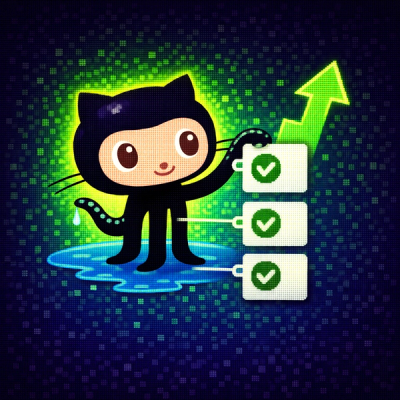silent-error 
An error subclass for humanized errors. This module allows for inter-module detection of errors which are fatal, but where a stacktrace by default provides negative value.
Some use-cases:
- command in your CLI tool is missing
- plugin to your build system is given invalid user-input.
Obviously stack traces can still be valuable. To view the stacks, the following environment variable can be set to true
SILENT_ERROR=verbose <run program>
Example
async function runCommand(name) {
throw new SilentError(`command: '${name}' is not installed`);
}
async function caller() {
try {
await runCommand('foo');
} catch(e) {
SilentError.debugOrThrow(e);
}
SilentError.debugOrThrow
}
Installation
yarn add silent-error
or
npm install --save silent-error



